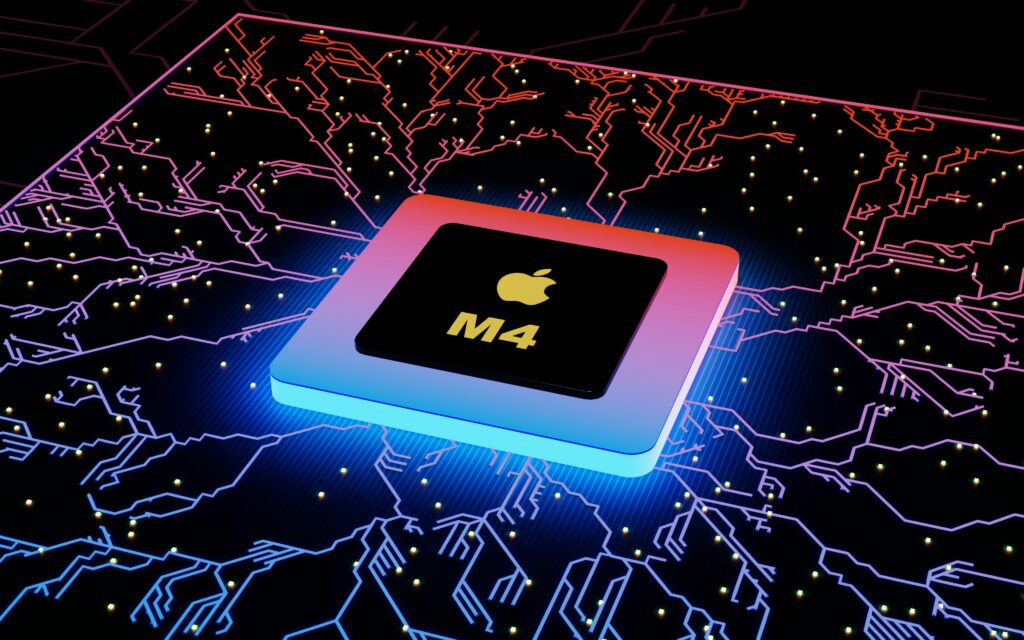The Dawn of Dedicated AI Processing Units in Consumer Electronics
The past year has marked a pivotal moment for consumer electronics, as dedicated Neural Processing Units (NPUs) move from being a niche feature to a mainstream necessity. Major players like Qualcomm, Apple, Intel, and AMD are aggressively integrating powerful **AI chips** into their latest processors for smartphones and laptops. Qualcomm’s Snapdragon X Elite and X Plus, for instance, boast NPU capabilities that can execute trillions of operations per second, enabling sophisticated AI tasks directly on the device. Similarly, Apple’s M-series chips continue to push the boundaries with their Neural Engine, powering features from advanced photography to real-time language processing, all without relying on continuous cloud connectivity. These chips are not merely accelerators; they are foundational components designed to handle complex machine learning models efficiently, opening up new possibilities for personalization and instant responsiveness in our daily interactions with technology.
Market Projections & Performance Benchmarks
The rapid adoption of on-device AI hardware isn’t just anecdotal; it’s a significant market trend backed by compelling data. Leading market research firms project substantial growth in the AI chip sector for consumer devices. According to a report by IDC, the global AI semiconductor market is expected to reach over $100 billion by 2027, with a significant portion attributed to edge AI devices. This growth is fueled by the undeniable performance benefits these dedicated **AI chips** offer. For example, NPUs can process AI workloads up to 10-20 times more efficiently than traditional CPUs and GPUs for specific tasks, consuming less power while delivering superior speed. This efficiency is critical for portable devices, extending battery life even while performing intensive AI computations like generative AI tasks, video enhancements, and predictive analytics.
Transforming User Experience and Industry Landscape
The impact of these powerful **AI chips** extends far beyond raw processing power; they are fundamentally reshaping user experience and fostering innovation across multiple industries. For consumers, on-device AI means enhanced privacy, as sensitive data can be processed locally without needing to be uploaded to the cloud. It also translates to faster, more reliable AI features, from instantaneous object recognition in cameras to seamless voice commands and personalized content recommendations. In the broader industry, this shift is paving the way for advanced applications in sectors like automotive (for real-time autonomous driving decisions), healthcare (for on-device diagnostic tools), and IoT (for smarter, more responsive smart home ecosystems). The ability to run complex AI models at the edge is democratizing access to cutting-edge AI capabilities, making them an integral part of our digital lives.
The Future: Ubiquitous Intelligence and Emerging Challenges
Looking ahead, industry experts predict a future where nearly every electronic gadget, from refrigerators to wearables, will incorporate some form of dedicated **AI chips**. This ubiquitous intelligence promises a truly proactive and adaptive technological environment. However, this evolution is not without its challenges. Developers face the task of optimizing AI models for diverse hardware architectures, while chip manufacturers grapple with the ongoing demand for increased power efficiency and smaller form factors. Yet, the momentum is undeniable. As explored in ByteTechScope’s insightful analysis on The Rise of Edge AI, the strategic importance of edge processing continues to grow. For a deeper dive into recent developments, you can also read about new NPU advancements from major manufacturers on The Verge’s Tech News, highlighting the continuous innovation in this space.

